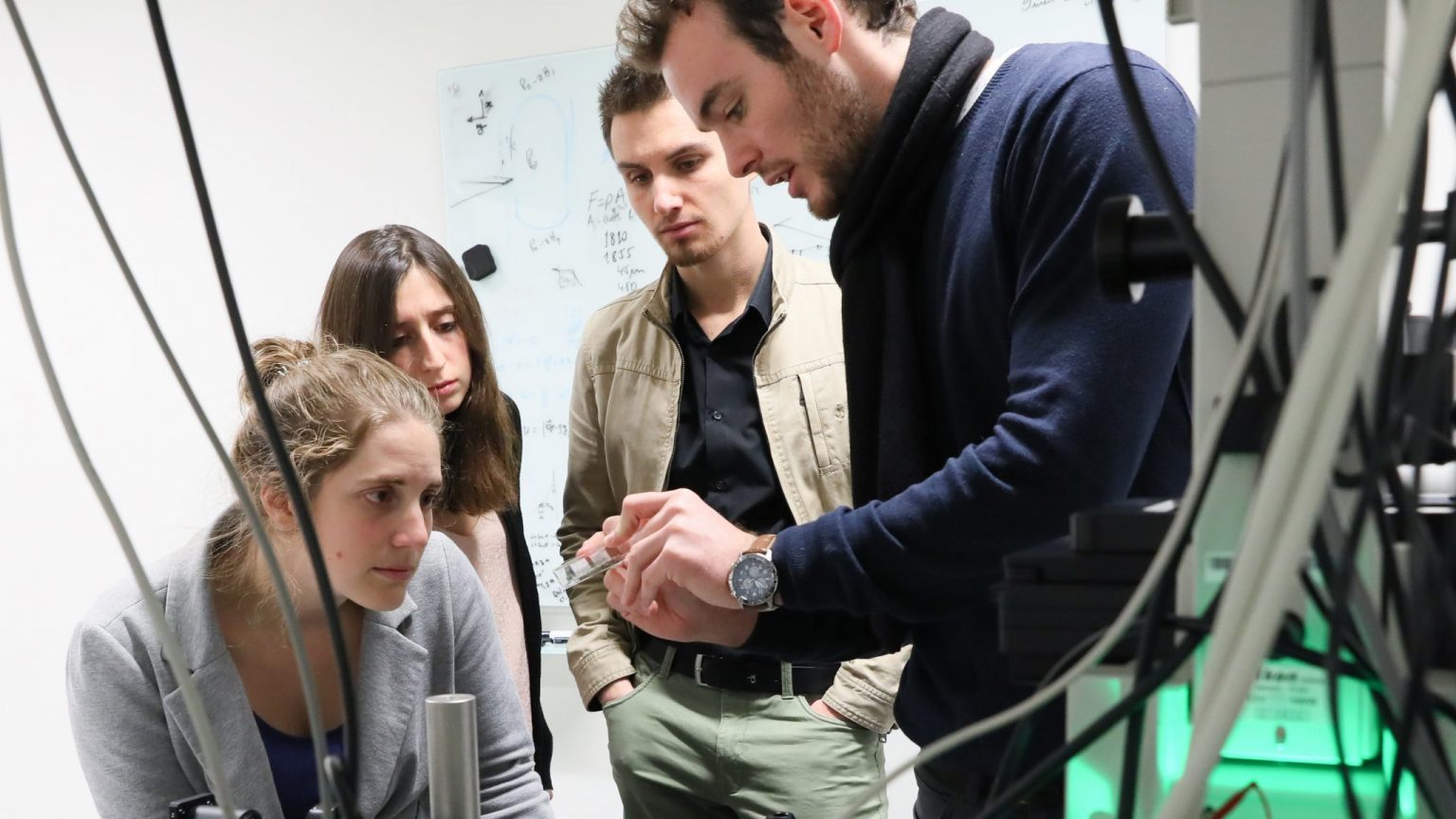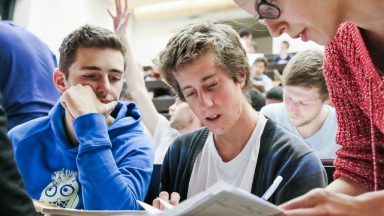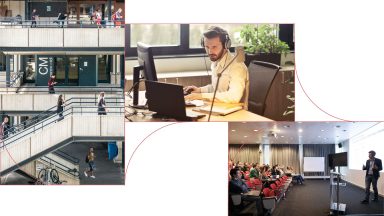Teaching

Explore

Teaching guide
All the information you will need as a teacher at EPFL.

(Gen)AI & Teaching
Discover how to use generative AI responsibly and harness its potential in your teaching.


Discover how to use generative AI responsibly and harness its potential in your teaching.